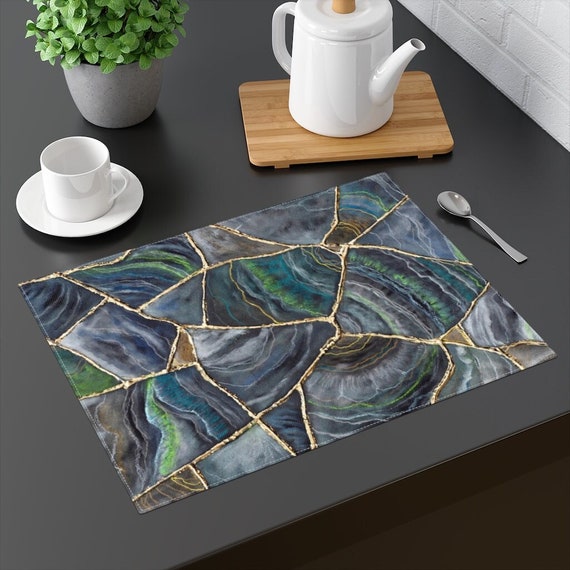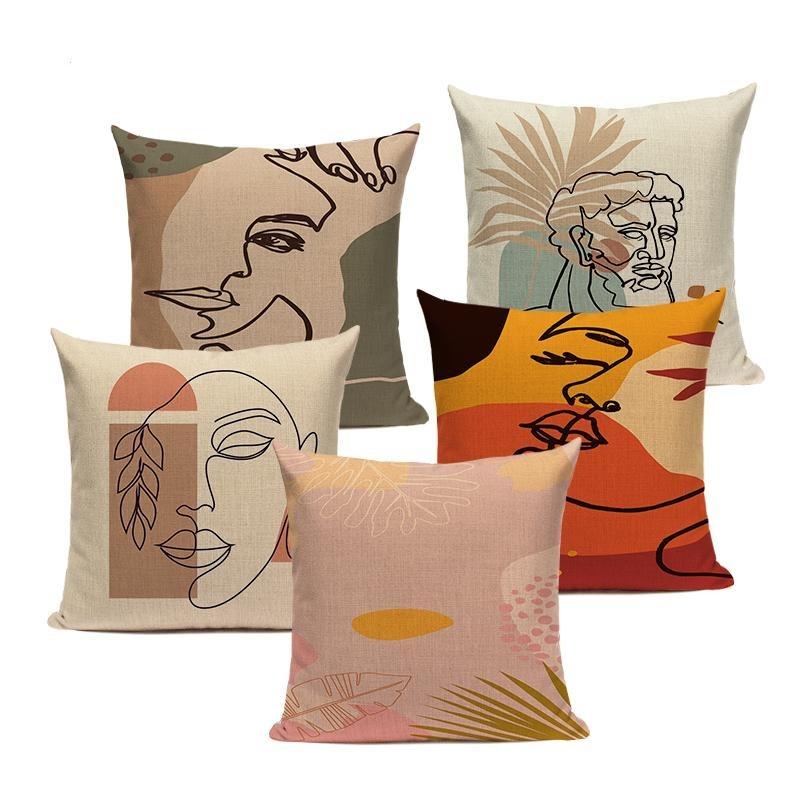Top Guidelines Of Unique Art
Top Guidelines Of Unique Art
Blog Article
Unique Art - Truths
Table of ContentsThe smart Trick of Unique Art That Nobody is DiscussingThe 9-Minute Rule for Unique ArtThe smart Trick of Unique Art That Nobody is Talking AboutUnique Art - An Overview
While one might question which art kind holds precedence, the reality remains that each of these seven types provides an one-of-a-kind window right into human background, culture, and development. They are the tapestries that chronicle our journey, reminding us of our past while inspiring visions for the future.Wonderful art work narrates, makes people look two times, and develops a distinct experience that can not be matched. Art and illustrations connect all of that with shade, form and other design aspects. Discover just how to make your distinct art work stick out from the crowd.
3 Emil DervishIn this entrance by Emil Dervish that stunning cobalt blue door swipes the program. To bring a lot more drama, he expanded the paint. to the doorframe and the wall up, finishing in an arched form. The curves, together with a round sconce, soften the sides - Unique Art. Frames classic posters and maps of precious locations established the scene.
8 TRIA GIOVANEqual parts grand and laidback, this entrance hall developed by Anthony Baratta is the best blueprint to follow if you're decorating a formal entrance that still really feels unfussy and comfy. Formed textiles take spotlight (see the carpets and the couch), yet they also help bring the high ceilings down to a human range when hung over wallpaper.
Facts About Unique Art Revealed
18 Heidi Caillier DesignA gallery wall surface doesn't need to take up the whole room. Sometimes a little one can make a bigger design statement. In this living room, Hiedi Caillier chose for micro-mini frames and an arbitrary structure.
, the expression of concepts and emotions, with the production of particular aesthetic top qualities, in a two-dimensional visual language. The components of this languageits shapes, lines, colours, tones, and texturesare used in numerous ways to generate sensations of quantity, space, activity, and light on a flat surface area. These aspects are incorporated into meaningful patterns in order to represent real or supernatural sensations, to analyze a narrative style, or to develop wholly abstract aesthetic connections.
Later the concept of the "great artist" developed in Asia and Renaissance Europe. Noticeable painters were afforded the social status of scholars and courtiers; they signed their job, determined its layout and typically its subject and images, and established an extra personalif not constantly amicablerelationship with their patrons. During the 19th century painters in Western societies started to shed their social placement and secure patronage.
Not known Facts About Unique Art
Others gained a revenue via exploring events of their work. The need to appeal to an industry had actually replaced the comparable (if much less impersonal) needs of patronage, and its effect on the art itself was probably comparable. Normally, artists in the 20th century could get to a target market only through industrial galleries and public galleries, although their work might have been sometimes reproduced in art periodicals
For the history of paint in ancient Egypt, see Egyptian art and style. The development of paint in various regions is treated in a variety of short articles: Western painting; African art; Main Asian arts; Chinese painting; Islamic arts; Japanese art; Oriental art; Native American art; Oceanic art and style; South Eastern arts; Southeast Asian arts. For a discussion of the imitation of works of art, see bogus. For a discussion of the role of paint and other arts in faith, as well as of making use of religious symbols in see this art, see spiritual significance and iconography. For info on various other arts associated with painting, see posts such as drawing; people art; printmaking. It is the feeling of inevitability in this official company that gives a great painting its self-sufficiency and existence. The colours and placing of the primary pictures in a design might be in some cases greatly chosen by representational and symbolic factors to consider. Yet it is the official interaction of colours and shapes that alone can connecting a particular mood, producing optical sensations of room, volume, activity, and light and creating forces of both consistency and stress, even when a paint's advice narrative symbolism is unknown.
Do not duplicate the design of various other musicians if you're looking for your design. Copying other individuals's art work can be fantastic in instructional purposes but it will not make you closer to discovering your very own special style. Your creative design needs to be, what you such as and what inspires you.

What Does Unique Art Mean?
You need to attempt whole lots of different alternatives and discover everything before you can concentrate on one specific design or you'll be tired, or worse, you'll dislike your own style. I recommend you to attempt every solitary subject that you're interested in, discover as much as you can. Try different mediums that thrill you and new techniques you've never tried before.
With time you'll have the ability to sort all of them right into your preferred and least favored classifications. Attempt to focus your attention on the topics and mediums that basics you like and before you see it coming you'll have your own personal and distinct design, like nobody else have! In the end you'll have a few favored topics to repaint and perhaps a few favored mediums.

Report this page